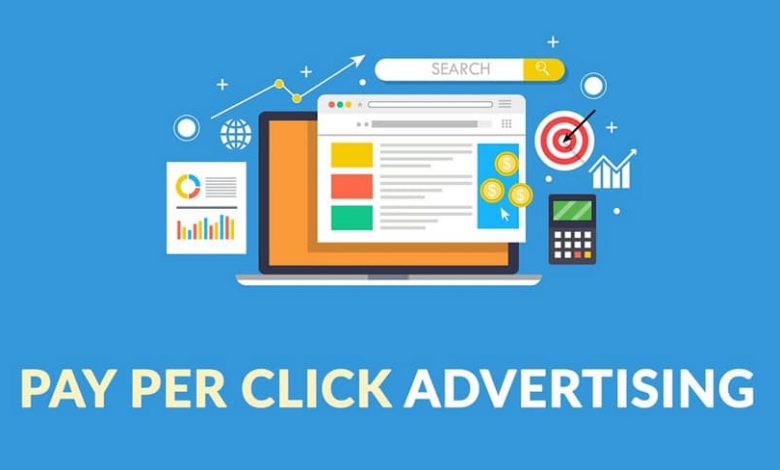Basics Of Pay Per Click Advertising

If you’re interested in increasing the amount of traffic to your site, you’ll want to invest in a pay-per-click agency in Tulsa. These agencies have the expertise to display your ads in the best places, target the right people, and increase conversions. They also have access to high-traffic sites and have the necessary resources to help you launch your campaign quickly.
Using a pay-per-click agency can help you get up and running quickly.
While paying for clicks is natural for business owners, it is not always the best way to achieve ROI. It’s best to work with an pay-per-click agency in Tulsa specializing in search engine optimization and understanding how to determine the search intent of the people who click on your ads. An SEO company has a wealth of knowledge about determining which clicks are conversion-ready. For example, it’s common for business owners to pay too much for their clicks, even when they don’t.
In this article, we’ll go over the basics of Pay Per Click advertising: Bidding strategies, cost per click, and the Competitiveness of your market. We’ll also discuss how to evaluate the value of your product and make the most of your advertising budget. Hopefully, you’ll find this information helpful as you begin implementing pay-per-click advertising on your website. Then, once you’ve mastered these concepts, you can move on to more advanced aspects of the campaign.
Cost per click
Cost per click is an advertising method that allows you to determine how much you will have to spend to advertise a particular product or service. It can be a great way to attract both existing and new audiences. You can also apply remarketing tools to your campaign, enabling it to retarget users based on their search history. This way, they can become familiar with your brand and return to your website again. To know how much your campaign costs, divide the number of clicks by the cost per click.
There are several advantages to cost per click, but there are some disadvantages. The most obvious downside is click fraud, where your competitors repeatedly click on your ads to gain exposure. It can make you question whether or not your ad campaign is working, and you may waste your money on ineffective ads. Fortunately, Google has implemented automated systems that prevent this from happening. So, although the cost per click has its upsides, you should consider the disadvantages before implementing it on your website.
Bidding strategies
There are several different bid strategies you can use when using pay-per-click advertising. For example, a bidding strategy might limit the maximum bid for a keyword by a certain percentage. This strategy can help you get ads to appear on specific pages, but it requires that you know how much to spend per click. To keep your bidding strategy profitable, you should monitor your CTR and conversion rate. There are also different ways to use this strategy, including focusing on conversion volume or value. Google has two different bidding strategies – for Search and Display. The former lets you show your ad at the top of the first page of search results, while the latter allows you to choose the location where your ad appears.
The most common bidding strategy is one that depends on conversion value alone. This strategy uses your budget and past campaign data to determine the most practical terms, CPC bids, and time of day to advertise. For example, a software company might waste money by advertising on the weekend because it may be the only time a user is likely to be searching for their product or service. Google Ads will know when a user has viewed your ad at that time and adjust its bid based on this data.





